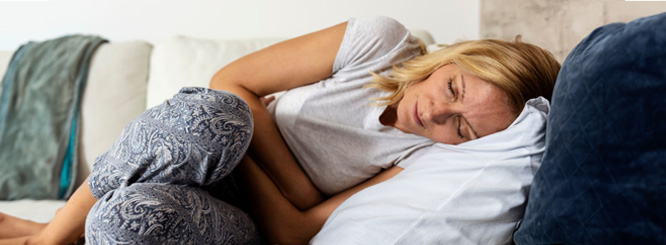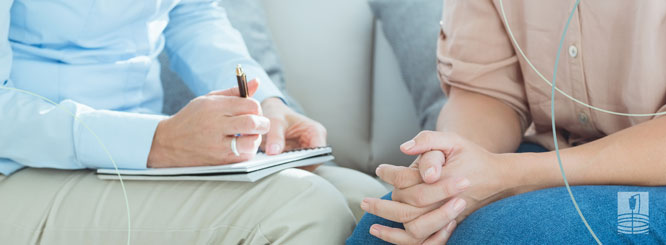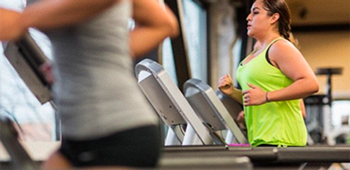
The gallbladder is a very small yet vital organ, which plays a key role in the digestion of fats. Many individuals don’t think about something like this until major complications arise, such as gallbladder disease or stones. In this blog, we will explore its function, the most common conditions that affect it, as well as treatment options, including surgery and removal.
What Is The Gallbladder?
The gallbladder is a small pear-shaped organ located beneath the liver. Small in size but it plays an important role in digestion by storing bile, which is a digestive fluid made by the liver. Bile helps the body digest fats, so its function is vital for breaking down these fatty foods.
Gallbladder Function
The gallbladder function is to store and release bile into the small intestine when eating. This bile breaks down the fat molecules into smaller ones, letting the body absorb and use it for energy. If there’s no bile, digesting fat would be a lot more difficult, causing discomfort and nutrient deficiencies. Keeping healthy diet and lifestyle is vital for proper digestion, as when something disrupts this function it often will result in disease.
Gallbladder Location
Is located on the right side of abdomen, just below the liver. This important placement lets it store the bile and releases it into the bile duct, which then connects to the smaller intestine. Knowing where is located can help identify the source in case of pain or other symptoms associated with disease or infection.
Types of Gallbladder Disease
Many conditions can affect the gallbladder, this can lead to pain and digestive issues. Here there are some of the most common
Cholecystitis
Cholecystitis is the inflammation, often caused by stones blocking the bile duct. This condition if left untreated can lead to severe pain, fever, and nausea. cholecystitis can result in serious complications, these can be infection or a rupture, that may require immediate medical attention like gallbladder surgery.
Gallbladder Stones
Often also known as gallstones, are hardened deposits of bile that form. They can vary in size, from being as small as a grain of sand to as big as a golf ball. Gallstones will block the bile duct, leading to very painful episodes and even potential complications.
Symptoms of Gallstones
Three of the main reasons for stones are:
- Pain: An uncomfortable pain in the upper right abdomen, this is often triggered after eating fatty foods.
- Nausea and vomiting.
- Jaundice, or the yellowing of the skin and the eyes, indicates a bile duct being blocked, and a potential infection.
Chronic Acalculous Gallbladder Disease
This condition appears when its gets inflamed, without there being the presence of stones. This can cause similar symptoms to gallstones, for instance, pain, but the exact cause for it is unclear. It may be a result of bile flow problems, as such, or function itself, which may potentially require removal.
Gangrene or Abscesses
In some severe cases of disease, a reduction in blood flow or even an untreated infection can lead to the tissue’s death, also known as gangrene. This results in the forming of abscesses, causing severe life-threatening complications. In such cases, medical attention is needed immediately, such as surgery, is necessary in these cases.
Symptoms
Gallbladder Pain
Pain is one of the most frequent symptoms of disease. Usually, it happens in the upper right abdomen and can expand to the back or shoulder. It’s common for this type of pain to intensify after eating fatty or greasy foods, as its function begins to release bile during digestion. A disruption in function can lead to sharp, often longer episodes of pain that signal the existence of stones or an infection.
Gallbladder Infection
If left untreated a blockage or stones can lead up to infection. The symptoms can include fever, chills, nausea, and vomiting. In the case that the infection gets worse, it can cause abscesses or even a rupture, a very dangerous situation, which often needs immediate removal.
Treatment
There are treatment options available for gallbladder disease depending on the severity of the condition. In some mild cases, it may be managed with dietary changes, while in much more serious cases surgical intervention may be needed.
Gallbladder Surgery
Surgery is a common procedure that treats disease, especially in cases where it involves stones or repeated inflammation. The most common of these types of surgeries is a cholecystectomy, which may involve removing it entirely.
Gallbladder Removal
If disease or stones are causing constant complications or symptoms, removal may be necessary. This procedure is performed laparoscopically, which involves making small incisions through, then the surgeon removes. After the removal, patients usually experience relief from the pain and also the removal of the bile blockages, and with it digestive issues.
Can We Live Without a Gallbladder?
Yes, you can live without it after removal. The bile flows directly from the liver into the small intestine, which bypasses the need for storing bile. Although generally, it doesn’t cause any significant issues, some individuals may experience some digestive changes, especially when consuming fatty foods.
What Happens if Your Gallbladder is Removed?
When is removed, bile is no longer stored in the body, instead, it flows regularly from the liver to the small intestine. This may result in loose stools or having trouble digesting fatty meals, especially within the first few months after removal. Most individuals get used to it and adapt over time, thus the digestive system adapts to the lack of.
How do Gallbladder Symptoms Start?
Symptoms tend to start with mild discomfort after eating, particularly if the meal was high in fat. After some time, the discomfort can get more intense, and even change into severe pain that may extend to the shoulder or the back. Some symptoms can also include nausea, vomiting, and jaundice, meaning there may be a possible blockage or infection.
Lifestyle Tips for Maintaining Gallbladder Health
Although gallbladder disease and stones are quite common, there are steps you can take to keep helthy and help you minimize the risk of further complications down the road. With just a few lifestyle changes you can make a huge difference in keeping your function in check, particularly if you’ve ever experienced the symptoms before.
Diet for Gallbladder Health
Diet plays a crucial role in supporting healthy. Since mainly the function is to help in digesting fat, consuming foods that are easier to break down helps minimize the strain on the organ. These are some dietary recommendations:
- Increase fiber intake: Food that is high in fiber, just as fruits, vegetables, and whole grains, all support digestive health and can aid in preventing the formation of stones.
- Reducing fatty foods: foods high in fat and fried foods, force the gallbladder to work overtime, this increases the chances of blockages and pain. Choose lean proteins and healthy fats, some of these can be found in avocados and fish.
- Staying hydrated: Drinking plenty of water can aid in diluting bile and lower the chances and risks of developing stones. Dehydration will thicken bile, thus having a greater chance of forming stones.
- Limiting processed foods: Processed and refined carbohydrates can stimulate an overproduction of cholesterol, which is a major component of stones.
Maintain a Healthy Weight
Being overweight is a major risk factor for an emerging gallbladder disease. Excess body weight will cause the liver to make more cholesterol than needed, which can lead to stones. However, rapid weight loss, especially through crash diets or some other extreme fasting, this can also trigger gallstone formation.
If you want to lose weight, you essentially need to do it gradually, and with medical supervision. A steady balanced way of approaching weight loss will help in reducing the risk of straining the function. At LIMARP, our group of experts offer tailored solutions that help patients achieve sustainable weight loss without compromising their overall health.
Regular Exercise
Physical activity is a very important factor health. Exercising regularly helps keep the digestive system working as it should, this in turn supports bile flow and minimizes the chance of stones. Doing at least 30 minutes of exercise most days of the week periodically will greatly help keep your body and gallbladder in good condition.
Managing Gallbladder Pain and Symptoms
If you’ve felt pain or have been diagnosed with disease, it is vital to control the symptoms to stay clear of fatty and greasy foods that can reduce episodes of pain. on the other hand, eating smaller, and more frequent meals, can all help in reducing the strain on the gallbladder and help with soothing digestion.
For individuals who have been diagnosed with stones or disease, talk with your doctor about what treatment options are available for you.
Surgery, such as in the case of laparoscopic cholecystectomy, is a frequently used solution for patients with strong recurring symptoms. When the removal is complete, the majority of patients find that their quality of life is improved significantly, and all digestive symptoms begin to lessen over time.
Post-Surgery Care
After removal, the body adjusts to processing bile in a different way. While some individuals may feel mild digestive changes, like loose stools after meals, most are able to adapt very well in the months following surgery. Having a low-fat and high-fiber diet during recovery can greatly ease the transition and also help healing.
Contact
If you’re experiencing symptoms of gallbladder disease or considering surgery, LIMARP is here to provide expert care and guidance. Contact us today to learn more about our services and how we can help you achieve better health.
Resources
For more information on gallbladder function, symptoms, and treatments, check out the following resources:


